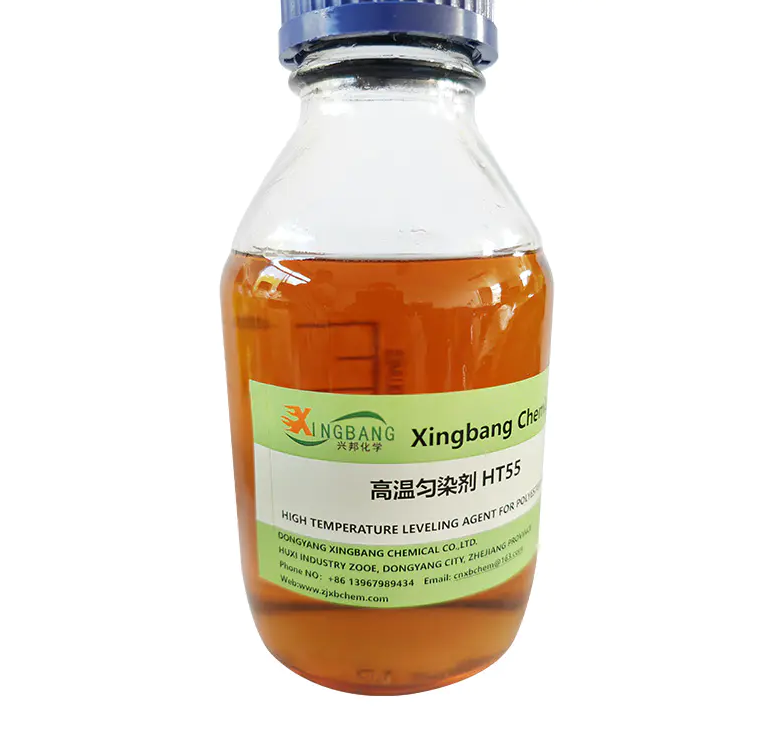Dye fixing agents are essential chemicals in textile production, used to improve the color fastness of dyed fabrics. Their main purpose is to prevent color loss or bleeding, ensuring that dyed textiles maintain their appearance after washing, exposure to light, and daily use.
In the textile dyeing process, not all dye molecules bond firmly to the fabric fibers. Some remain loosely attached, making them prone to washing out or transferring onto other materials. Dye fixing agents address this issue by creating additional chemical bonds between the fabric and the dye.
These agents are particularly beneficial for fabrics dyed with reactive and direct dyes, commonly used for cotton and other natural fibers. By improving wash fastness, dye fixing agents reduce the fading of colors, preserving the fabric's quality and aesthetic appeal over time.
The use of dye fixing agents is straightforward, often performed as a final treatment in the dyeing process. This step enhances the durability of the fabric while also reducing the risk of color transfer onto other garments during laundering.
Textile manufacturers rely on dye fixing agents to produce high-quality products that meet market demands. These agents ensure that fabrics retain their color brightness and uniformity, improving their value and longevity.



